Citroën introduces the next generation of the C5 Aircross
The second-generation ë-C5 Aircross will launch in two versions: The ‘Standard Range’ variant runs on 157 kW drive power and 73 kWh usable battery for a WLTP range of up to 520 km, while the ‘Long Range’ model delivers 170 kW drive power coupled with a 97-kWh battery for 680 km WLTP range. Both variants are built on the STLA-Medium platform, which is based on a 400-volt architecture.
Citroën first introduced its C5 Aircross as a concept at the Paris Motor Show last October, but had not included any technical specifications. Given that the model was based on the STLA Medium platform, comparisons to released electric SUV models from Peugeot and Opel/Vauxhall on the same platform were not far from what has now been released. To compare, the ranges for the Opel and Peugeot are set at 523 km and 525 kilometres, respectively, meaning that the ‘Standard Range’ C5 Aircross performs slightly less efficient than its counterparts.
The market launch in Europe of the new ë-C5 Aircross is planned for the second half of 2025. While the French manufacturer does not specify in its communication which markets are specifically meant, as “the main European markets” are described, the manufacturer does specify that the models will be assembled at Citroën’s Rennes plant.
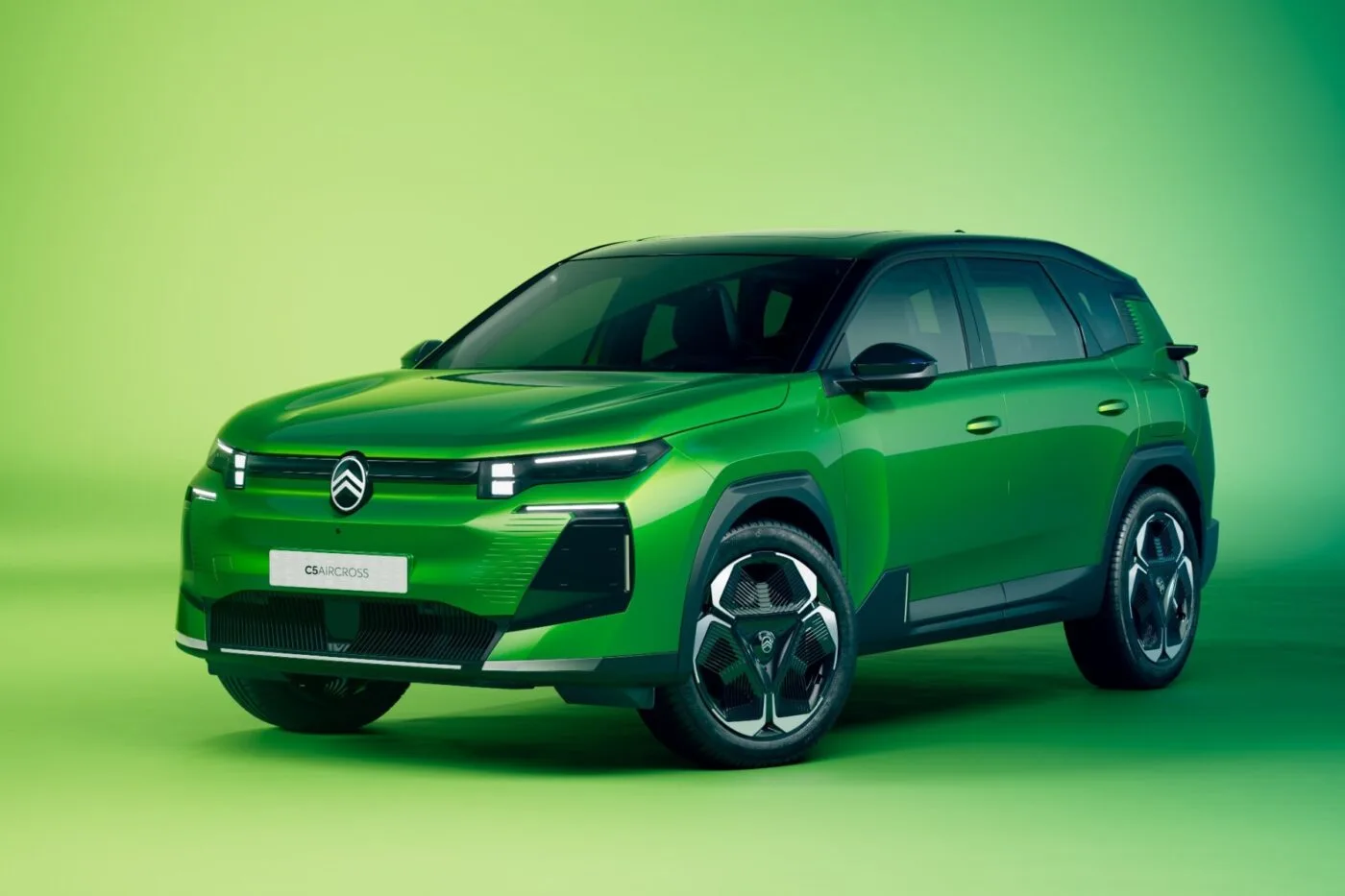
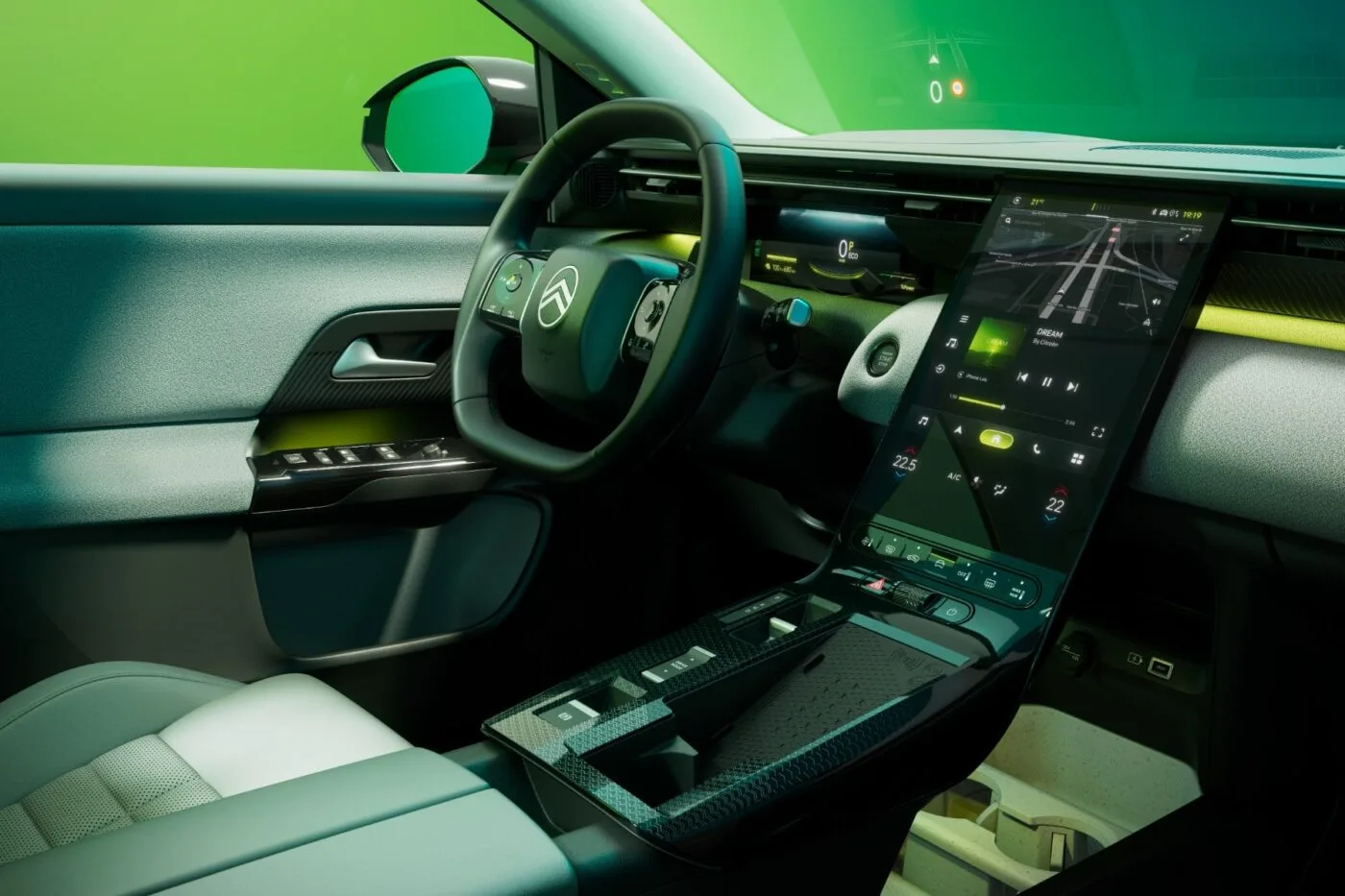
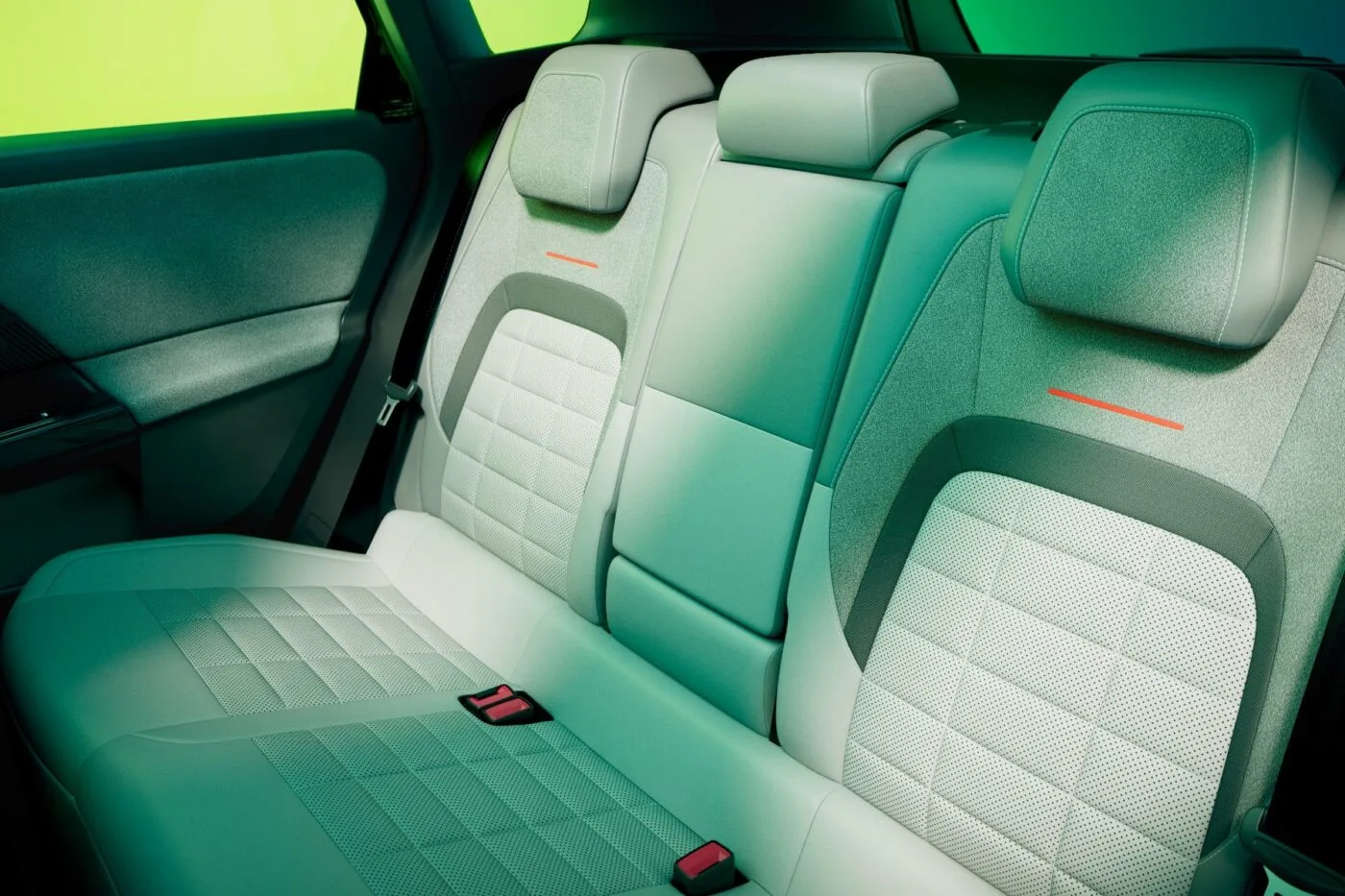
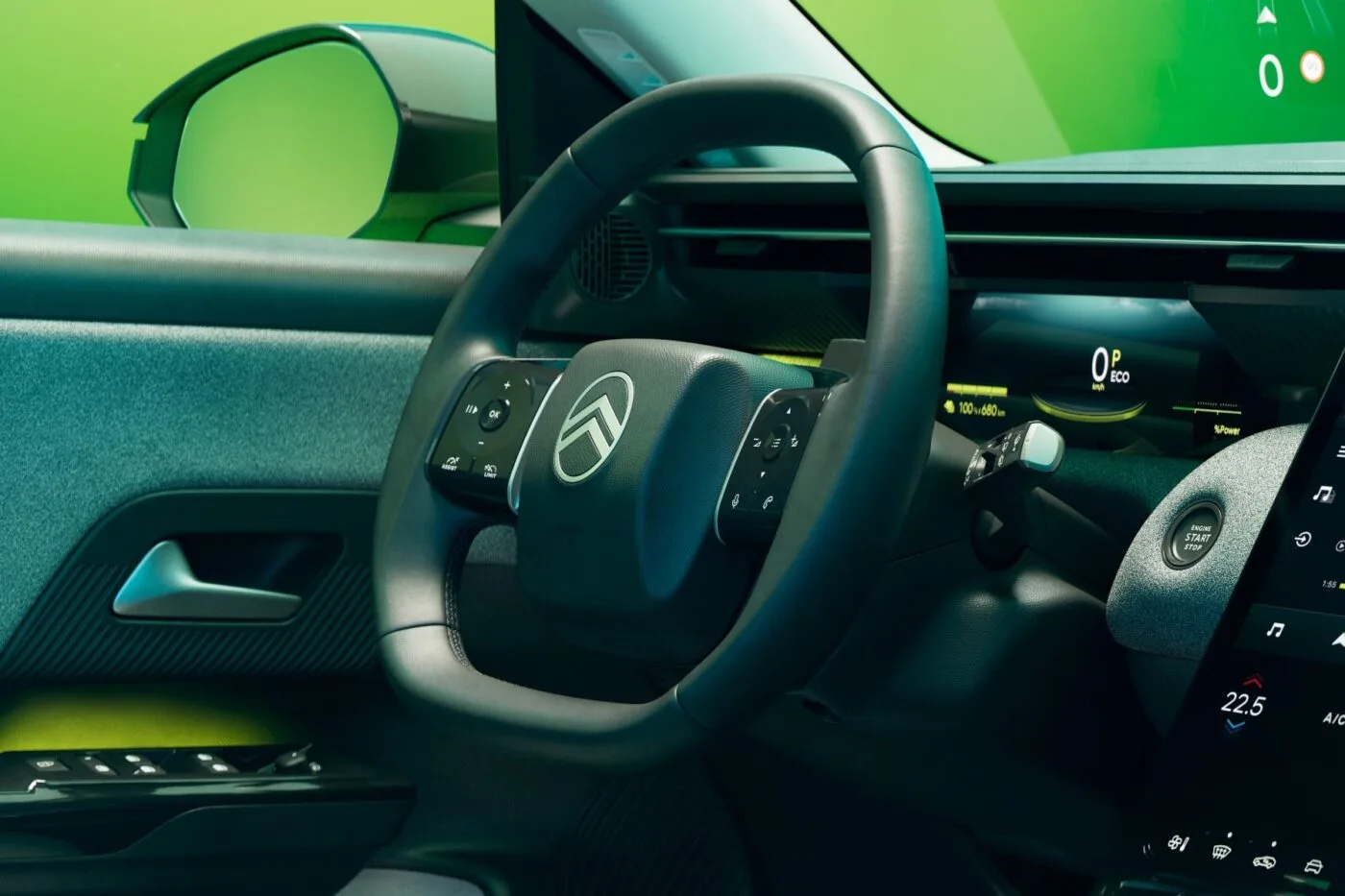
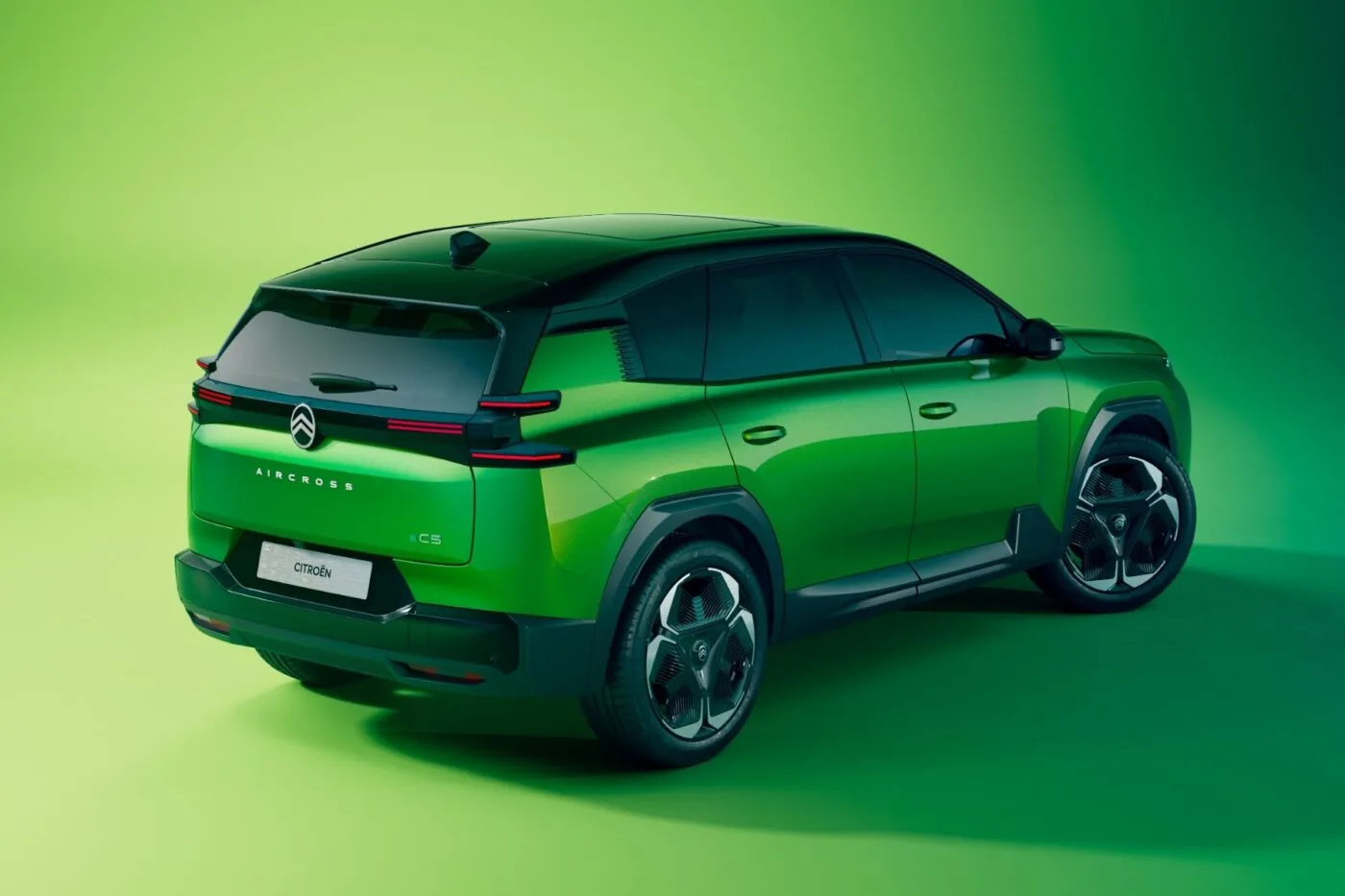
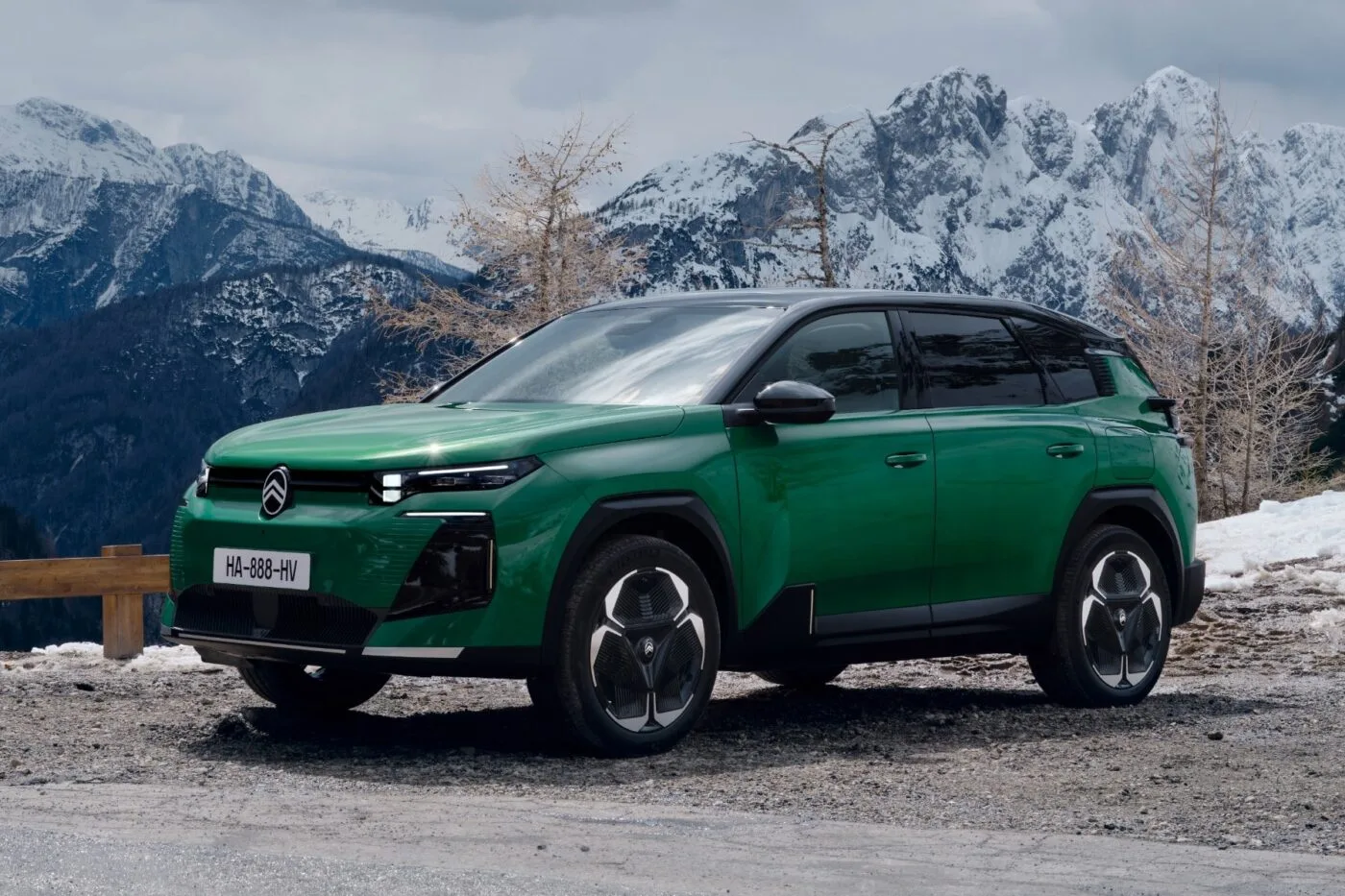
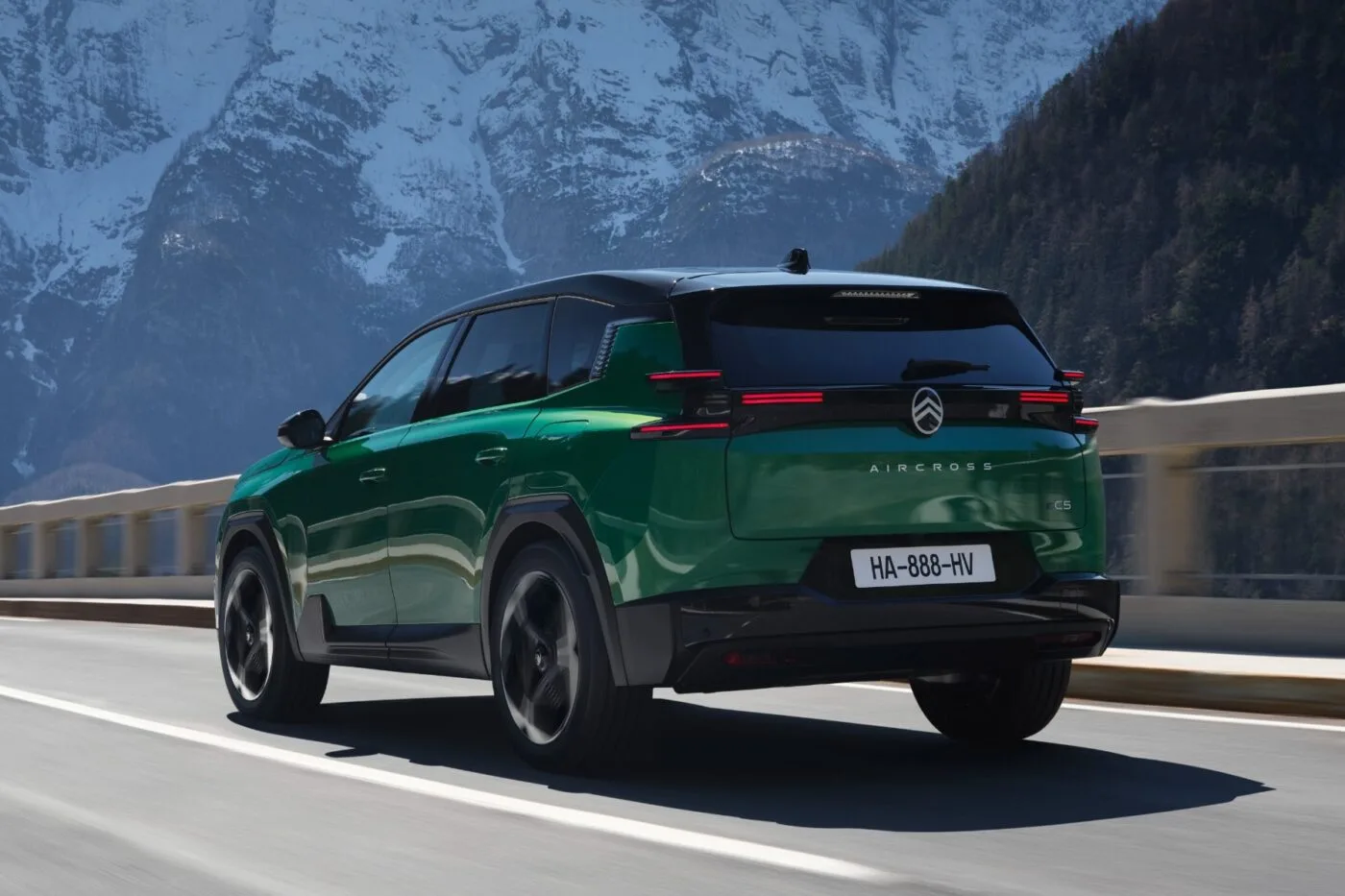
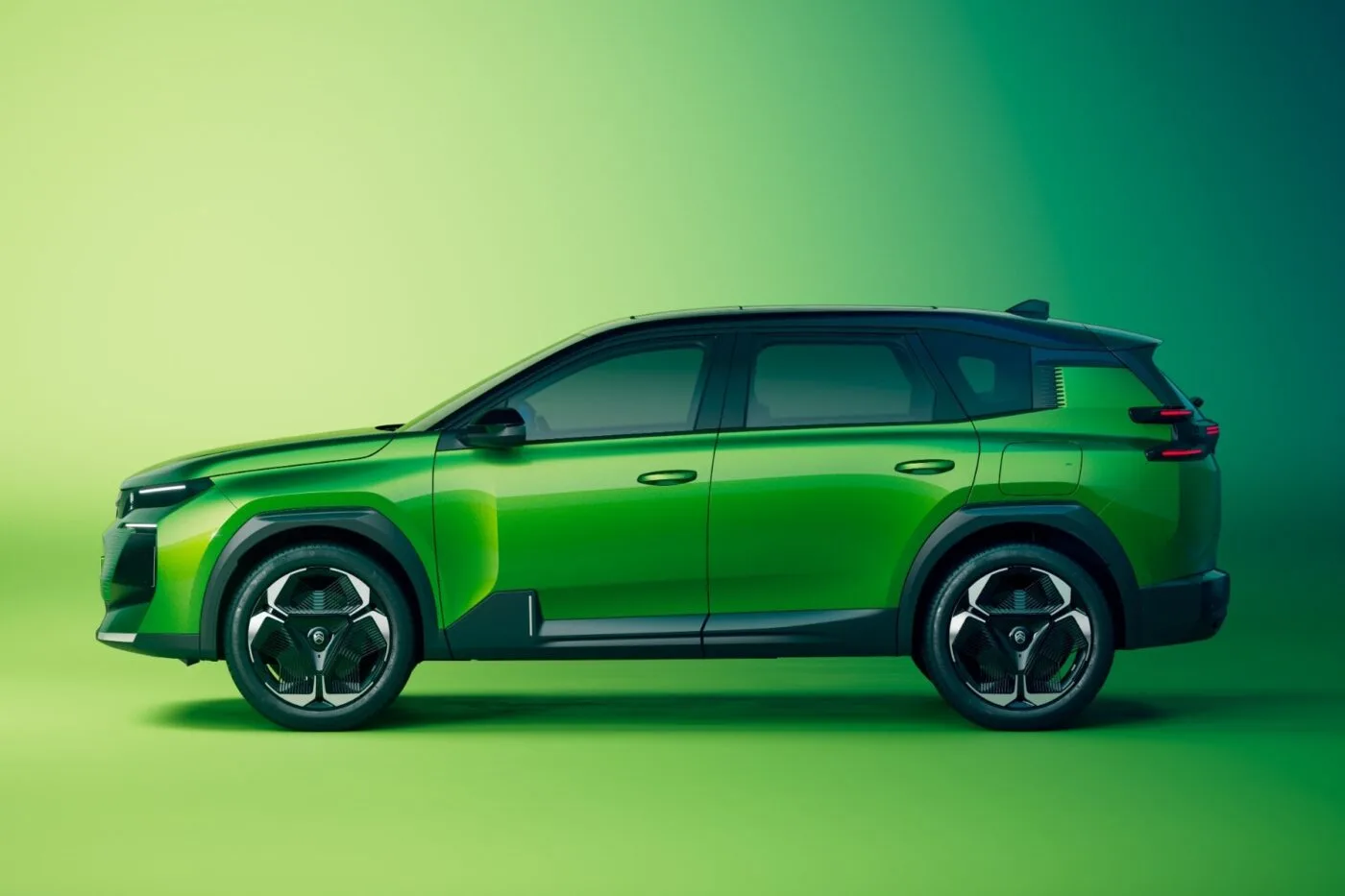
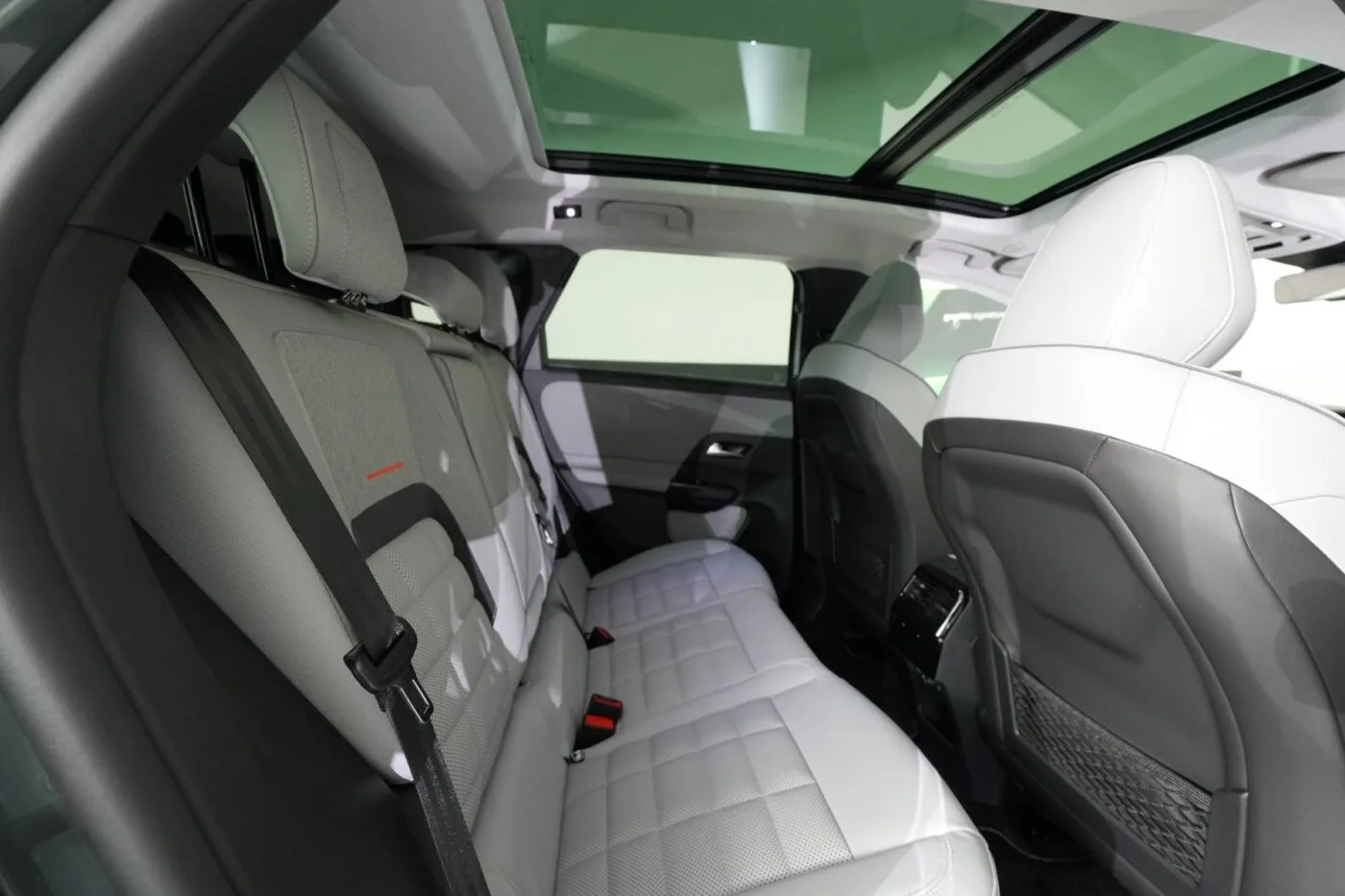
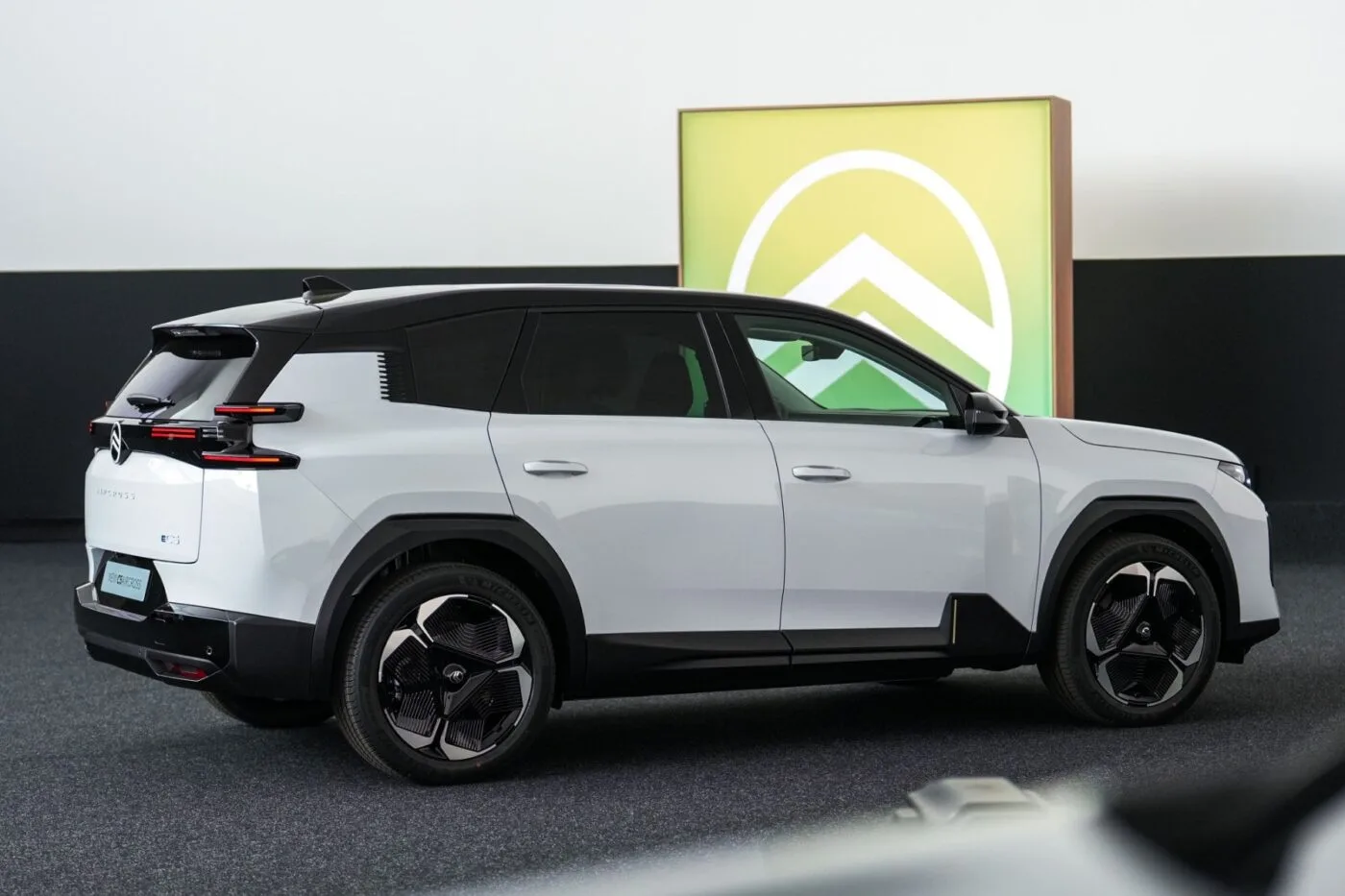
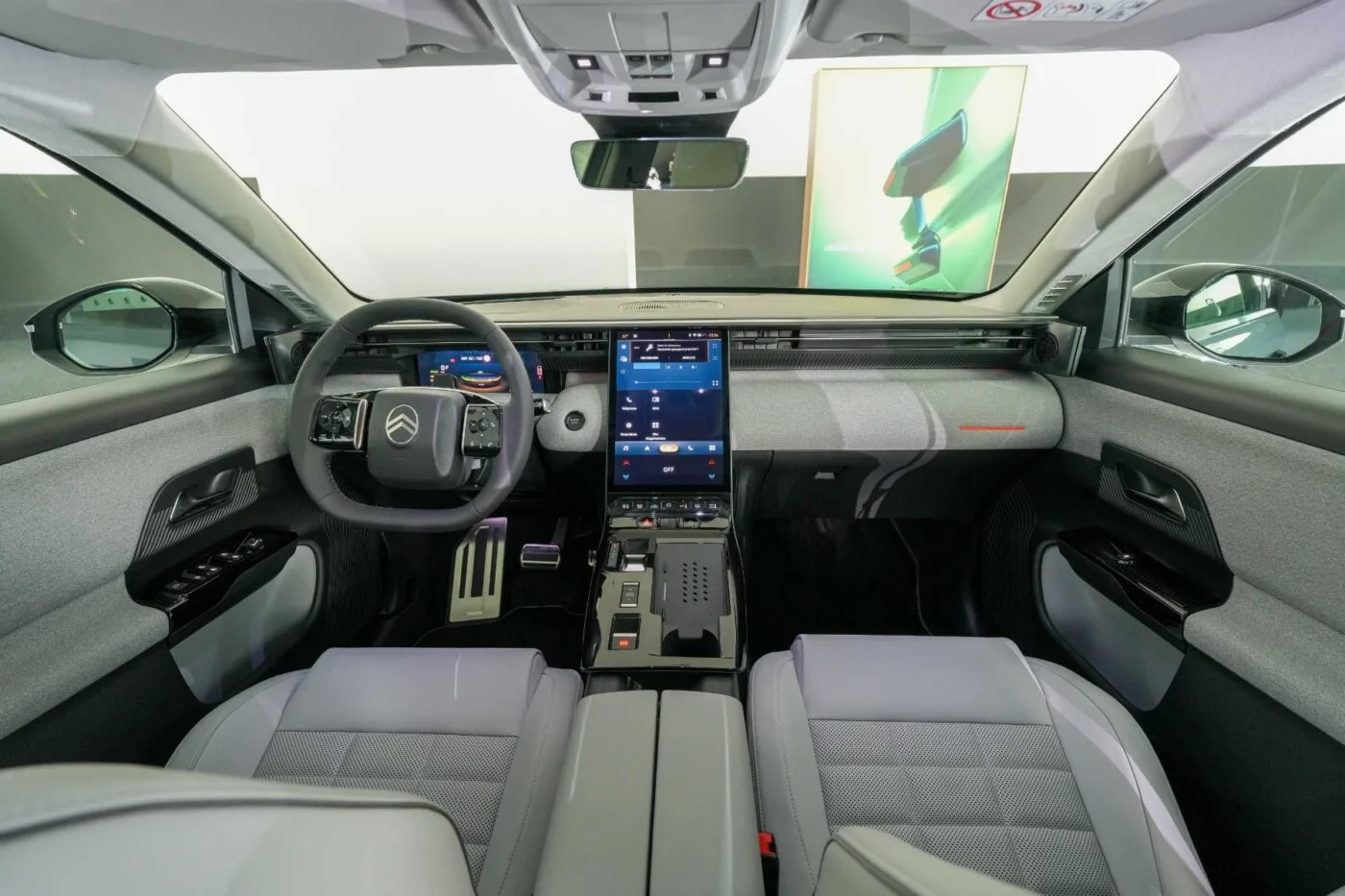
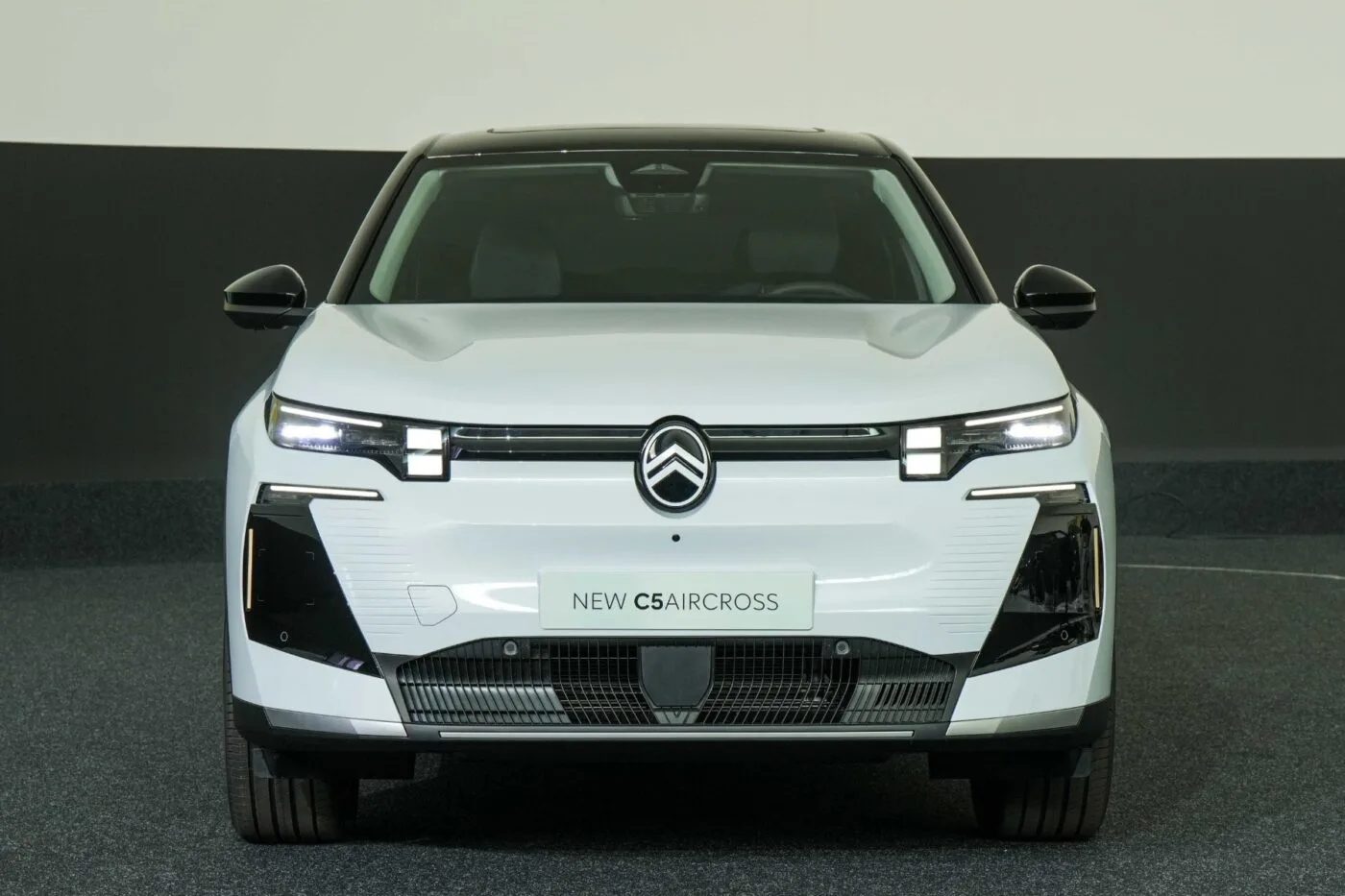
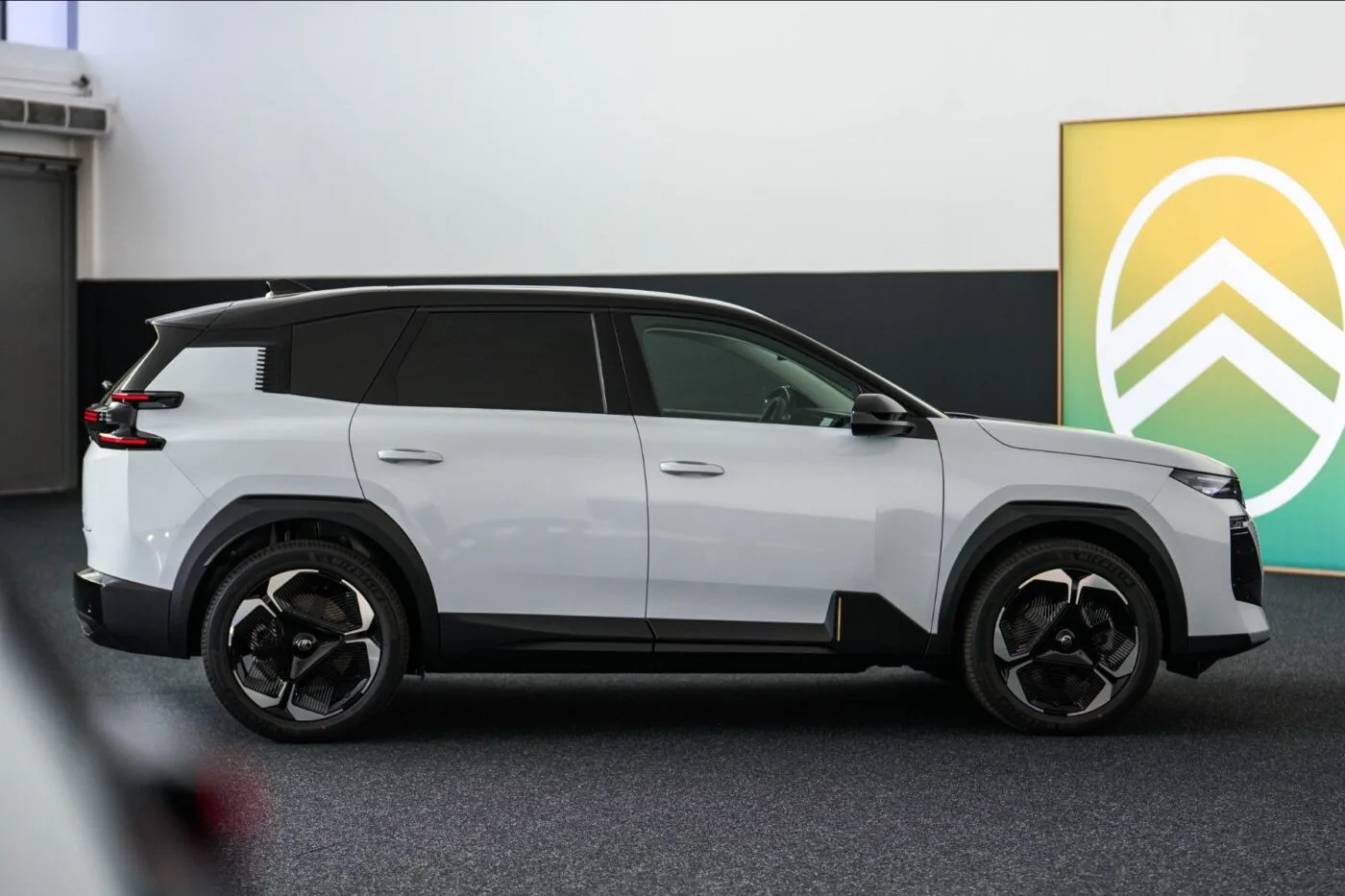
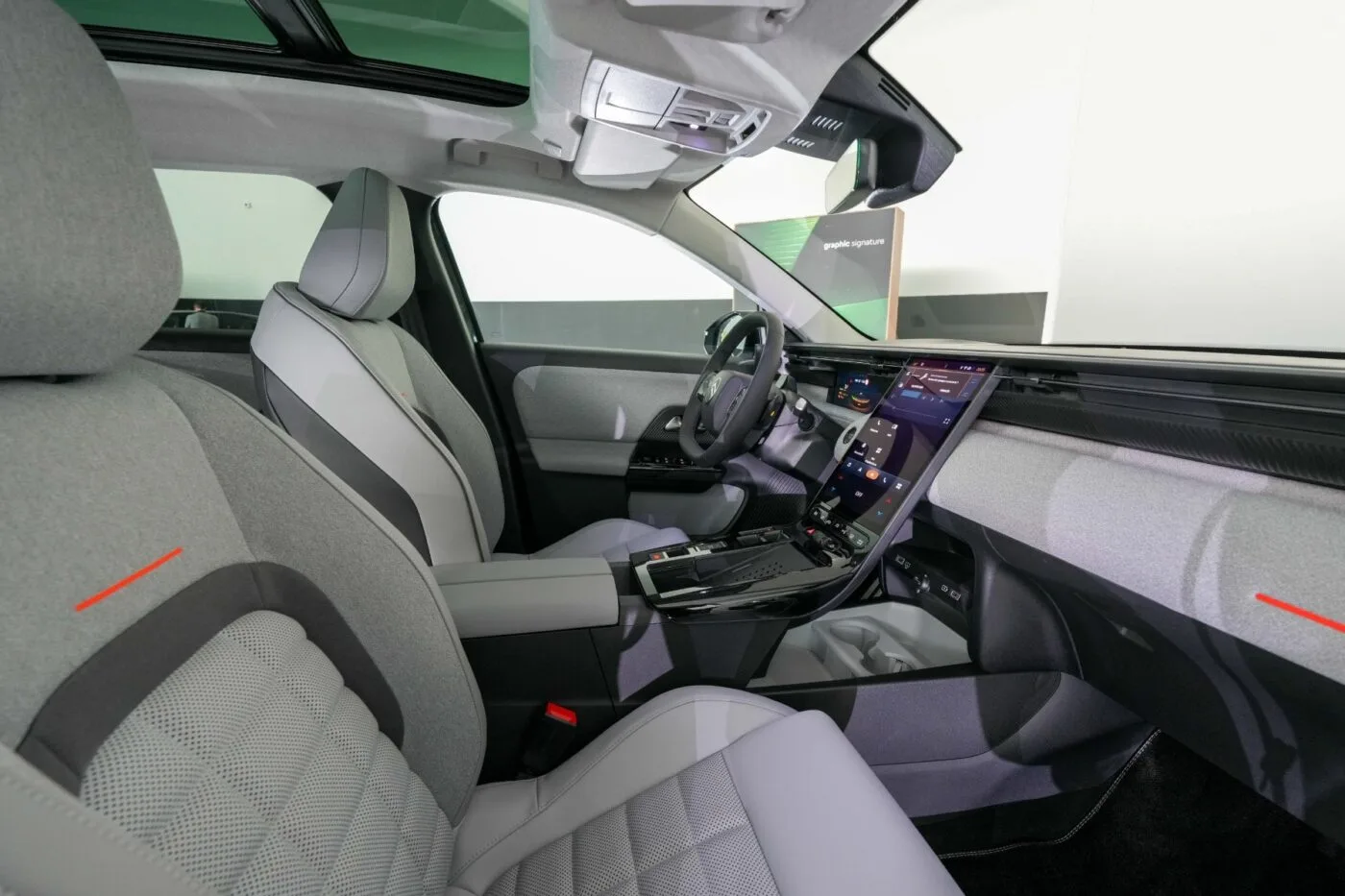
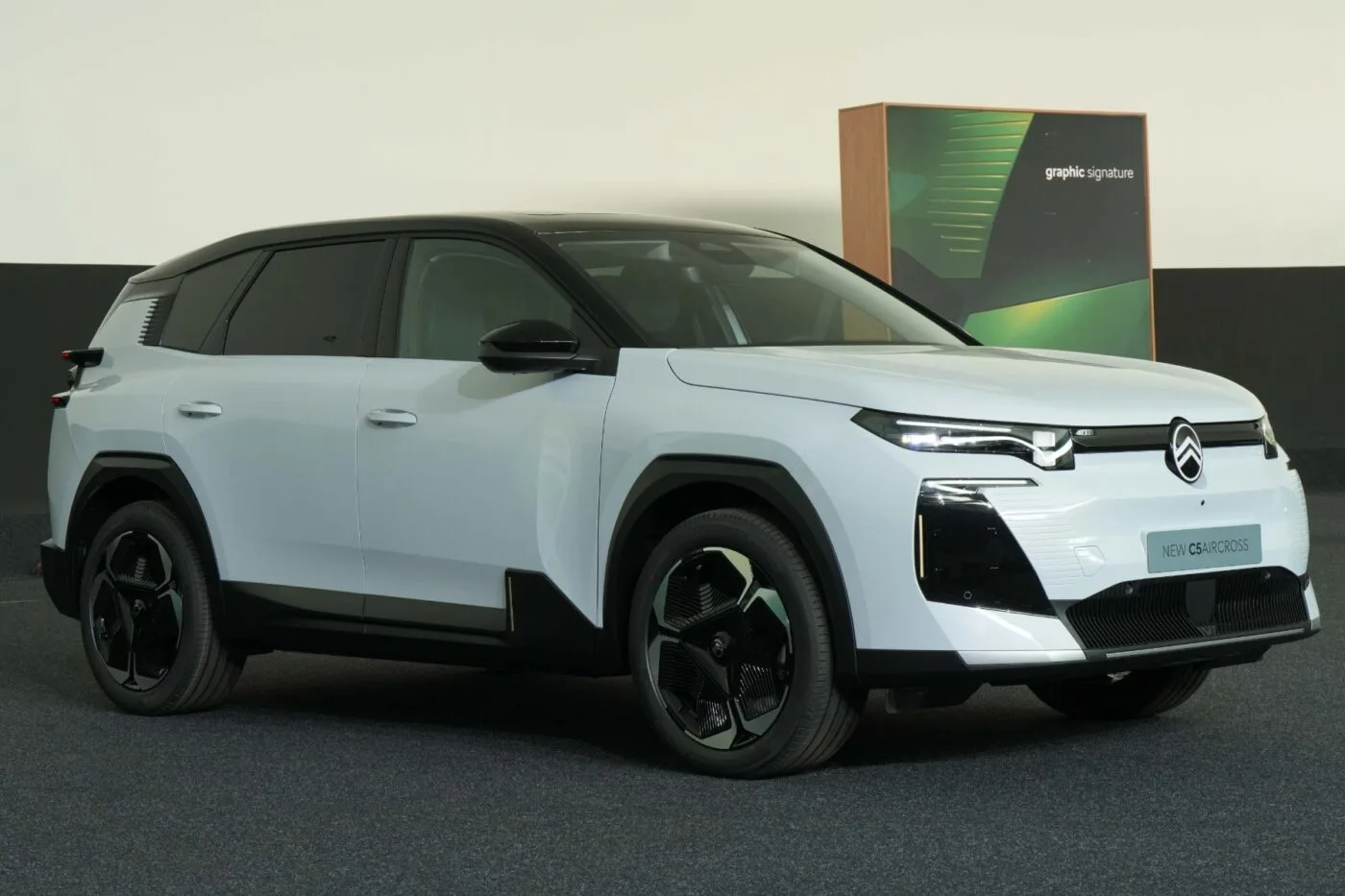
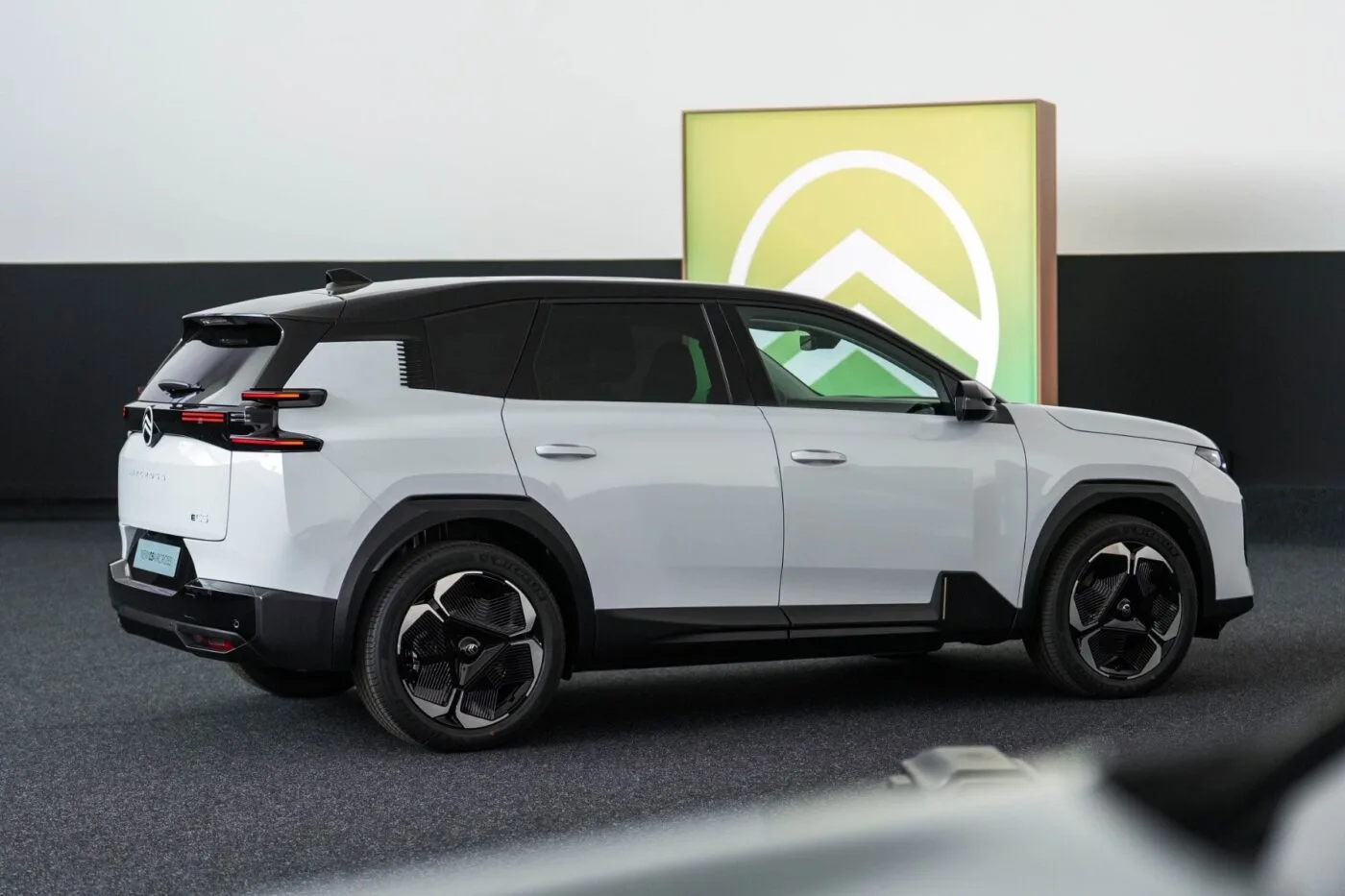
The ë-C5 Aircross will be equipped ex-works with a heat pump and an 11 kW onboard charger for AC charging. From 2026, Citroën has announced that an optional 22 kW three-phase bi-directional charger will also be available. It is not yet known how much this will cost extra. For the time being, however, it is likely to be for vehicle-to-load applications and not yet for vehicle-to-home (V2H) or vehicle-to-grid (V2G) use. The French company is only announcing V2L technology from 2026 to “supply electricity to external devices, transforming the car into a mobile and flexible power source. V2L technology is particularly useful in situations where access to an energy source is limited, such as when travelling or taking part in outdoor activities.”
The navigation system’s ‘EV Trip Planner’, which calculates optimal routes including charging breaks, is designed to help with charging. Among other things, the system uses real-time data on the charge level, traffic on the route and the altitude profile of the route. For users without 3D navigation, the well-known ‘E-ROUTE’ app is still available to plan the route with charging stops on the smartphone, according to the press release.
While the new generation of the C5 Aircross also has a BEV version for the first time, its predecessor was already available as a plug-in hybrid. There is also a PHEV and HEV in the new generation. The plug-in hybrid has an electric range of up to 86 kilometres and combines a 110-kW petrol engine with a 92-kW electric motor and a 21-kWh battery, which is installed centrally in the underbody.
The vehicle itself is 4.65 metres long and therefore eleven centimetres longer than the Peugeot e-3008, for example – the new model is even 15 centimetres longer than its predecessor. The wheelbase is 2,784 mm – six centimetres longer than the predecessor model. Above all, this should provide more space on the rear bench. As the platform was designed from the outset for multiple drive types, the boot volume remains the same for all variants: the C5 Aircross can hold up to 651 litres with the rear seat backrests upright, and more than 1,660 litres with the rear seat backrest folded down. There is an additional 75 litres of storage space under the height-adjustable boot floor.
While the market launch of the new C5 Aircross is planned for the second half of 2025, no prices have been announced yet. The Peugeot e-3008 starts at 48,650 euros, the Opel Grandland Electric at 46,750 euros – the hybrid and plug-in hybrid versions are cheaper.

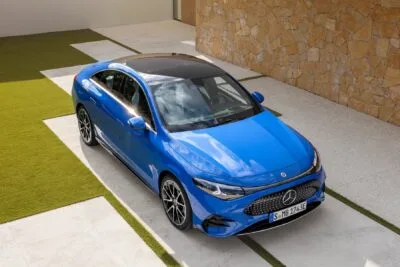
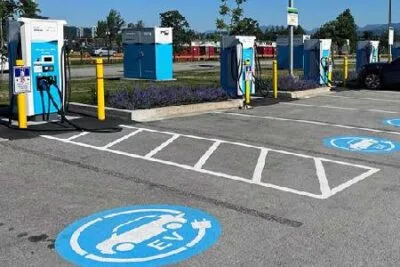

0 Comments